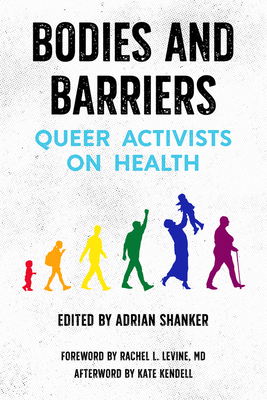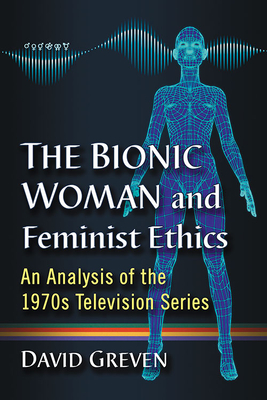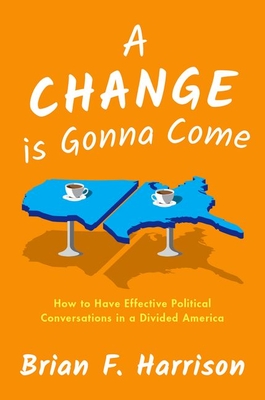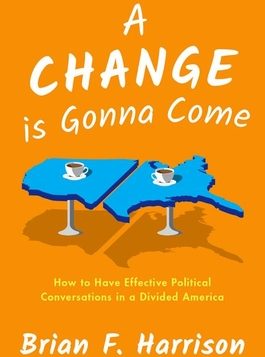 Bodies and Barriers: Queer Activists on Health
Bodies and Barriers: Queer Activists on Health
Edited by Adrian Shanker
PM Press, 240 pages, $20.
To the extent that LGBT people experience disparities in healthcare access, this book is dedicated to empowering them to find resources. With a foreword by trans woman Dr. Rachel L. Levine, Pennsylvania’s Secretary of Health, the book includes sections for teenagers, young adults, the middle-aged, and seniors. The 26 chapters cover how to navigate the healthcare system in a growing range of identities and issues: intersex and transgender care, chest binding, bisexuality, queer family planning, and sex education; plus homelessness, HIV, suicide, digital age sex, grief, cancer, tobacco use, and elder social isolation. Confirming the book’s premise, The Centers for Disease Control data indicate that LGBT people face social challenges and barriers to healthcare access that often create worse health outcomes. Challenges include discrimination, rejection, workplace inequality, and outright denials of care. In the face of these disparities, the book offers testimonials, how-to—and how not-to—advice, and examples of best practices. Included are road maps for action to improve LGBT healthcare for students and professionals, policymakers, and activists.
Frank Pizzoli
Gary Comenas, an American-born expatriate, has been living in England for over thirty years. In 2001, he launched the highly acclaimed website Warholstars.org, saying that “the only way I was going to understand how the virtual world worked was to create my own website.” Photographer and Warhol star Billy Name, who died in 2016, was an early supporter of the site. Comenas had known Andy Warhol casually when he worked as a cashier at the hip and happening restaurant Mr. Chow in midtown Manhattan, where Warhol would sometimes dine. However, he doesn’t go into much detail about why he chose Warhol and the Factory crowd to hone his on-line skills.
The Real World opens in 2013, when Comenas was 57. He’d had a series of heart attacks, underwent surgery, and was hospitalized for months. He reflects throughout this memoir on his medical issues and those of his friends, often in excruciating detail. After growing up in a conservative household in Simi Valley, California, Comenas, who’d craved fame all his life, took up heroin around the time that he dropped out of University of California-Berkeley, which he’d entered with plans to be a civil rights lawyer. He stated that he wanted to emulate Beat writer and addict William S. Burroughs, and throughout his life he tried to kick the habit, eventually succeeding. Threaded throughout The Real World are reflections on Comenas’ many boyfriends, the people with whom he partied, his employment, which was sporadic, and his troubled pre-adolescence. As a child, he was a serious student of magic, but he met with some extremely unmagical events that affected his life in ways that remained unprocessed for years.
Martha E. Stone
 The Bionic Woman and Feminist Ethics: An Analysis of the 1970s Television Series
The Bionic Woman and Feminist Ethics: An Analysis of the 1970s Television Series
by David Greven
McFarland & Co. 178 pages, $39.95
One thing becomes clear on reading The Bionic Woman and Feminist Ethics: author David Greven takes popular culture very seriously, and he’s well aware that some people may be taken aback by an in-depth, theoretical analysis of a TV series that lasted for three seasons in the 1970s. He addresses skeptics up front, forcefully arguing that the show was “pivotal for its legions of female fans, the study of feminism in the popular culture of the era,” and for “the lgbtqi fans that have so passionately loved the show.” Fans will appreciate the book’s attention to detail. There are chapters devoted to the infamous female robots (“fembots”) and to the final-season addition of a bionic dog.
Greven, a professor of English literature at the University of South Carolina, certainly knows his bionics inside and out. While he relies on theoretical heavyweights like Eve Kosofsky Sedgwick and Judith Butler, he maintains a reader-friendly approach to the material, so those who missed the queer theory seminars can still engage with his arguments. As Greven points out, The Bionic Woman managed to address a number of serious themes and social issues, from environmental concerns to the rights of indigenous peoples. He argues persuasively that protagonist Jaime Sommers (played by Lindsay Wagner) helped pave the way for kick-ass, transgressive women who followed, in shows from Sex and the City to Homeland. Fans of The Bionic Woman will wax nostalgic on reading this book, while new converts may be waiting in the wings.
Matthew Hays
 A Change is Gonna Come: How to Have Effective Political Conversations in a Divided America
A Change is Gonna Come: How to Have Effective Political Conversations in a Divided America
by Brian F. Harrison
Oxford U Press. 208 page, $29.95
There couldn’t be a better time for Brian Harrison’s book than an election year in which the country is more polarized than ever. Harrison, a gay man who holds a doctorate in political science, is now a progressive, but he grew up with conservative parents and served in a Republican administration—experiences that provided important insights on how to communicate with people holding different political views. He tries to account for the deep divisions in American politics with reference to Robert Plutchik’s psycho-evolutionary theory of emotion, social identity theory, and an approach known as shared identity priming. He addresses such hot-button issues as LGBT rights, universal healthcare, and climate change to illustrate his thesis.
As a “how to” book, the goal is to increase readers’ empathy for the “other side” while providing strategies for lowering the emotional temperature of the dialog. Part of it is a matter of managing your expectations. If you’re hoping to change your Uncle Harry’s mind, you’re probably aiming too high. Still, the solution is not just to “agree to disagree.” The aim should be to work toward some shared goals or principles that you can agree on before getting bogged down on the means to an end, which is where the disagreements tend to arise.
Stephen Hemrick







